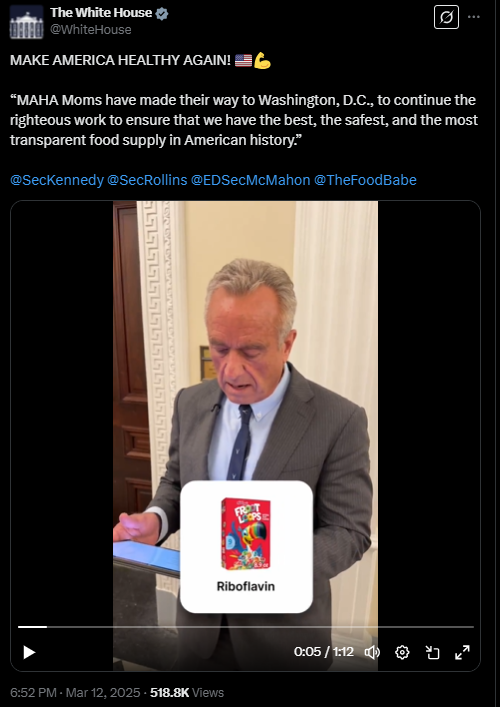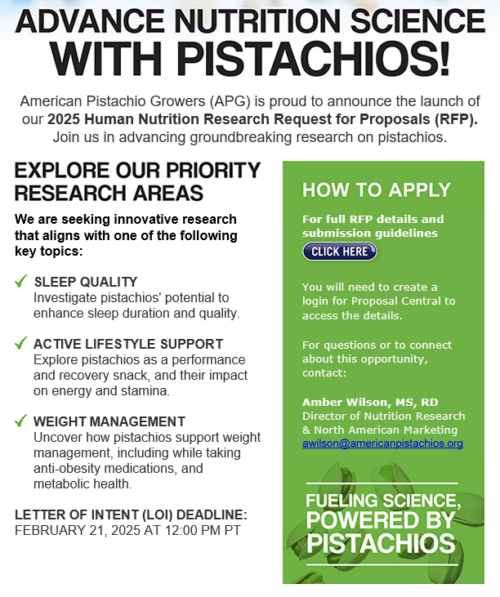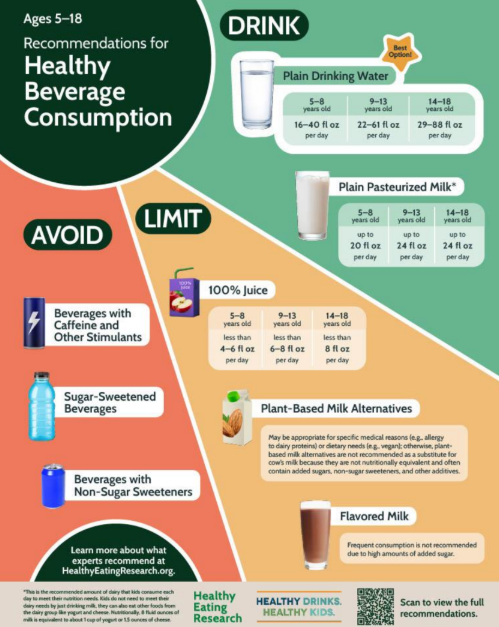This is a deep personal as well as professional loss. Here’s the obituary from the New York Times. which quotes me.
Marion Nestle, a nutritionist and public health advocate, said that Ms. Gussow “was enormously ahead of her time,” adding, “Every time I thought I was on to something and breaking new ground and seeing something no one had seen before, I’d find out that Joan had written about it 10 years earlier.”
“She was a food systems thinker before anyone knew what a food system was,” Ms. Nestle said, referring to the process of producing and consuming food, including the economic, environmental and health effects. “What she caught on to was that you couldn’t understand why people eat the way they do and why nutrition works the way it does unless you understand how agriculture production works. She was a profound thinker.”
I first met Joan in the late 1970s when I heard her give a talk in the Bay Area when I was first teaching at the University of California San Francisco School of Medicine. I had never heard anyone talk about the need to link agricultural production to nutrition and health—food systems, we now call that—and it felt revelatory.
Soon after, her publisher sent me the manuscript of what became The Feeding Web: Issues in Nutritional Ecology, asking whether he should take it. My reader’s report praised it to the skies, but I worried that it was so critical of mainstream nutrition that students would find it nihilistic. She added a brilliant and utterly inspiring conclusion.
I am not alone in being inspired by her work. I have followed it with great admiration.
Ahead of her time? Absolutely.
You have discovered that the food industry influences food choices? Try Joan’s Who Pays the Piper from 1980.
You think food systems should be sustainable? See Joan’s “Dietary Guidelines for Sustainability,” written with Kate Clancy in 1986.
Her students at Columbia were so lucky to be in her orbit.
I learned so much from her about how to think about food issues.
I am beyond sad at her loss.
If you want a better idea of her contribution, take a look at Brian Halweil’s 2010 profile of Joan for Edible Manhattan (I’m quoted).
Pam Koch at Columbia invites people to share memories, photos, or comments on what Joan meant to you at this link.
[*For some reason, this did not get sent out this morning so I am reposting it.]





